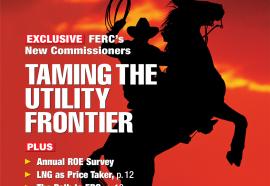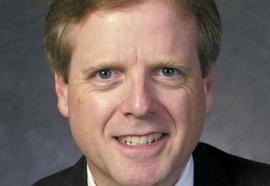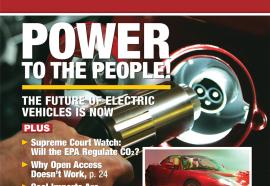People
(November 2007) Public Service Enterprise Group elected Ralph Izzo president and COO of the company and a member of the board of directors. Ralph LaRossa is president and COO of PSEG’s utility business, Public Service Electric and Gas Co. WGL Holdings Inc., and its subsidiary, Washington Gas Light Co., named Douglas Staebler vice president of engineering and construction, and Lauren Foley named vice president of consumer services. ISO New England Inc. elected two new board members: Richard A. Abdoo and Paul F. Levy. And others.






